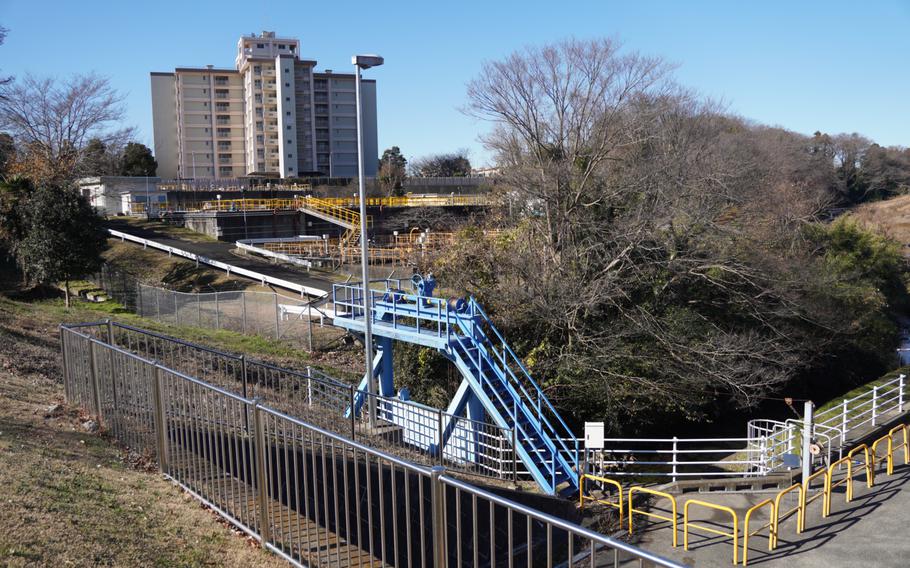December 20, 2022
JULIANA KIM

Tree health specialists scan forests, looking for fir trees that have turned red, which indicates that they are dead.The U.S. Forest Service
Flying over Oregon's woodlands, tree health specialist Danny DePinte was stunned by what he saw: a stretch of dead fir that seemed to go on and on.
"As we continued to fly along, it just kept going. It didn't stop for miles and miles," DePinte, who conducts research in the Pacific Northwest region for the U.S. Forest Service, told NPR.
Since 1947, the U.S. has been conducting annual aerial surveys across the country to monitor the health of trees. Flying up to 2,000 feet in the air, observers scan terrain in a grid-like pattern, analyzing about 30 acres per second, DePinte said. With a tablet, a pen and a trained eye, they are able to spot and diagnose unhealthy trees based on their color, posture and fullness.

Climate Change Is Killing Trees And Causing Power Outages
This year, tree health specialists expected to see some mortality in Oregon following the state's recent droughts, but many were still shocked by the sheer number of trees that fell ill.
Preliminary figures indicate that 1.1 million acres showed fir trees with some signs of dying — almost double the previous all-time high for the state since the survey began 75 years ago. It's led some researchers to call the season of historic die-offs as "firmageddon."
Tree mortality is not inherently concerning, but some forest landowners describe the unprecedented number of dying trees, which were largely concentrated in southwest Oregon, as a warning sign.
"It is an indicator that we need to pay attention and do what we can to manage our forests to remain healthy," Mike Barsotti, the communications chair of the Oregon Tree Farms System, told NPR.
Severe droughts appear to be the main culprit for die-offs
Tree deaths in Oregon have been an issue over the past decade, and it's been especially prominent in recent years.
In 2019, about 470,000 acres contained dead trees, DePinte said. Last year, Oregon researchers identified at least 147,000 acres with fir tree deaths — though the survey was not complete because of summer wildfires, according to DePinte.
Still, the 2021 aerial survey report said that Oregon's forests, which make up nearly half the state, have been "pushed to the limit due to climate change."
There is still a lot to understand about all the factors that cause high levels of tree mortality, but DePinte said it's clear that Oregon's extreme drought has been a major stressor on the state's trees, making them more vulnerable to insects and diseases.

Study finds Western megadrought is the worst in 1,200 years
And it's not just Oregon.
A study published in the journal Nature Climate Change earlier this year found that the Western U.S. has been experiencing a "megadrought," a multidecade dry spell unlike any other period in more than a millennium — in part because of greenhouse gas emissions warming the world.
Alongside threatening trees, those dry conditions also have been hurting crops and wildlife.
Dead trees spark questions about the future of Oregon's forests
There is still a lot to understand about the widespread loss, according to DePinte.
"It's not apocalyptic," he said. "But when forests change in a dramatic way, it's noteworthy."
In response to the ongoing heat, some landowners have begun planting new species of trees that are able to better withstand dry conditions, according to Oregon Tree Farm Systems' Barsotti. Others have begun embracing thinner, less-crowded forests, which can bolster tree health.
"Trees are an important part of who we are, how we live," said Barsotti, who is also a forest landowner in northwest Oregon. "We need to work to have our forests as resilient and sustainable as possible."

Why suppressing wildfires may be making the Western fire crisis worse
While there's concern that the extreme heat and die-offs may reshape Oregon's woodlands, dead trees also play an important role in nature. They create habitats for wildlife and produce material that — once decomposed — becomes soil. They may also lead to forests that can better withstand droughts.
"The trees that were left are maybe in a better location, and that's how they got to survive through this drought," he said. "Or maybe they have some sort of special genetics that makes them more drought-resistant."
DePinte said only time will tell how Oregon's forests will fare. He and other tree health specialists across the country are expected to convene and share their aerial survey findings during a national meeting early next year.

:quality(70)/cloudfront-eu-central-1.images.arcpublishing.com/thenational/5T5QTOCEP5BWNJUIZQQPBTYNNU.jpg)
:quality(70)/cloudfront-eu-central-1.images.arcpublishing.com/thenational/ISCMHMZGBLVWUEVNQEJGPZZBHQ.jpg)




